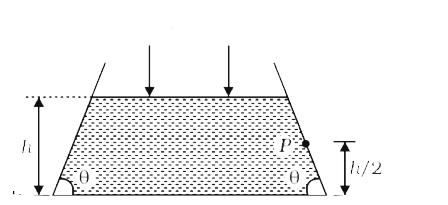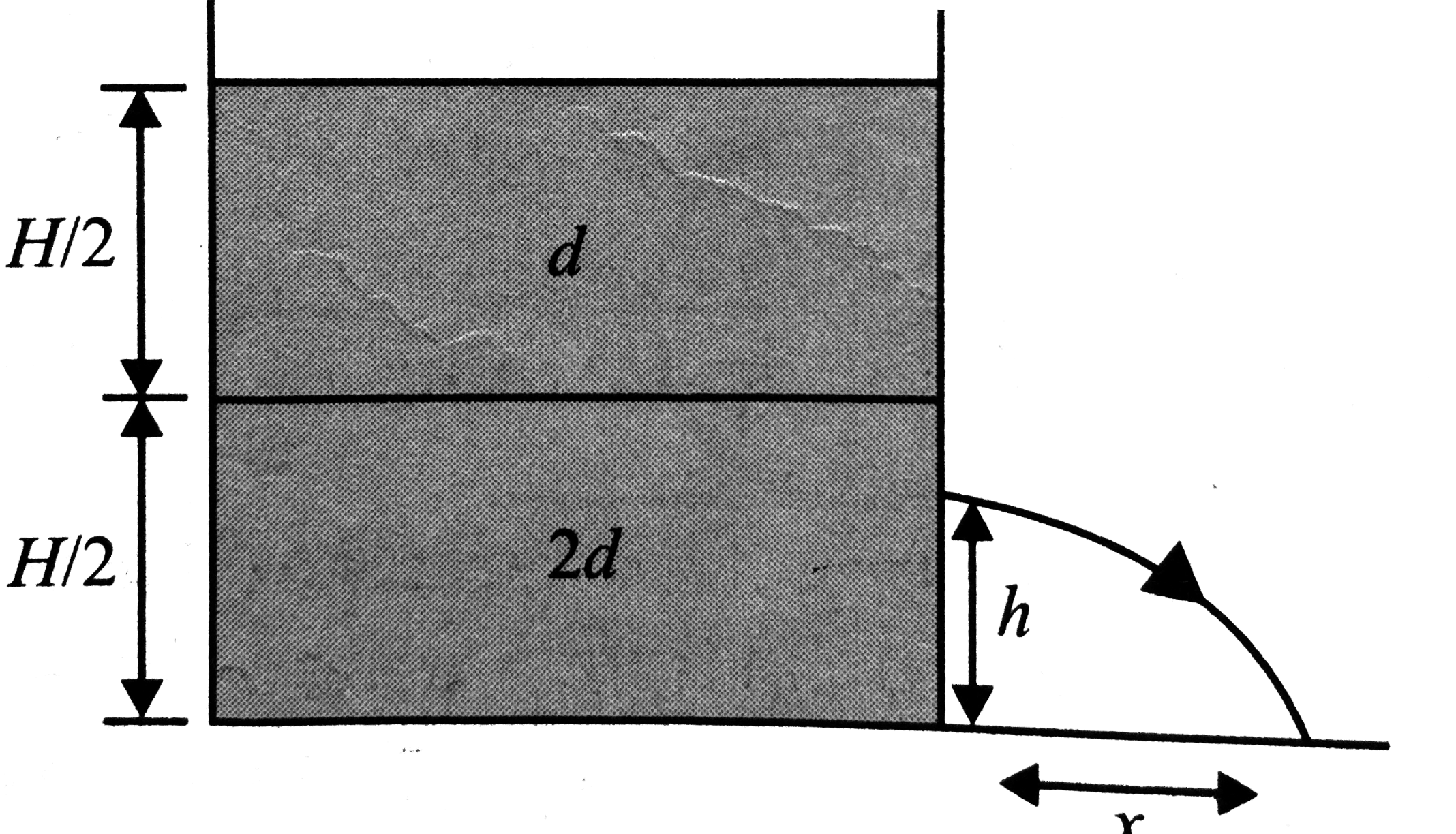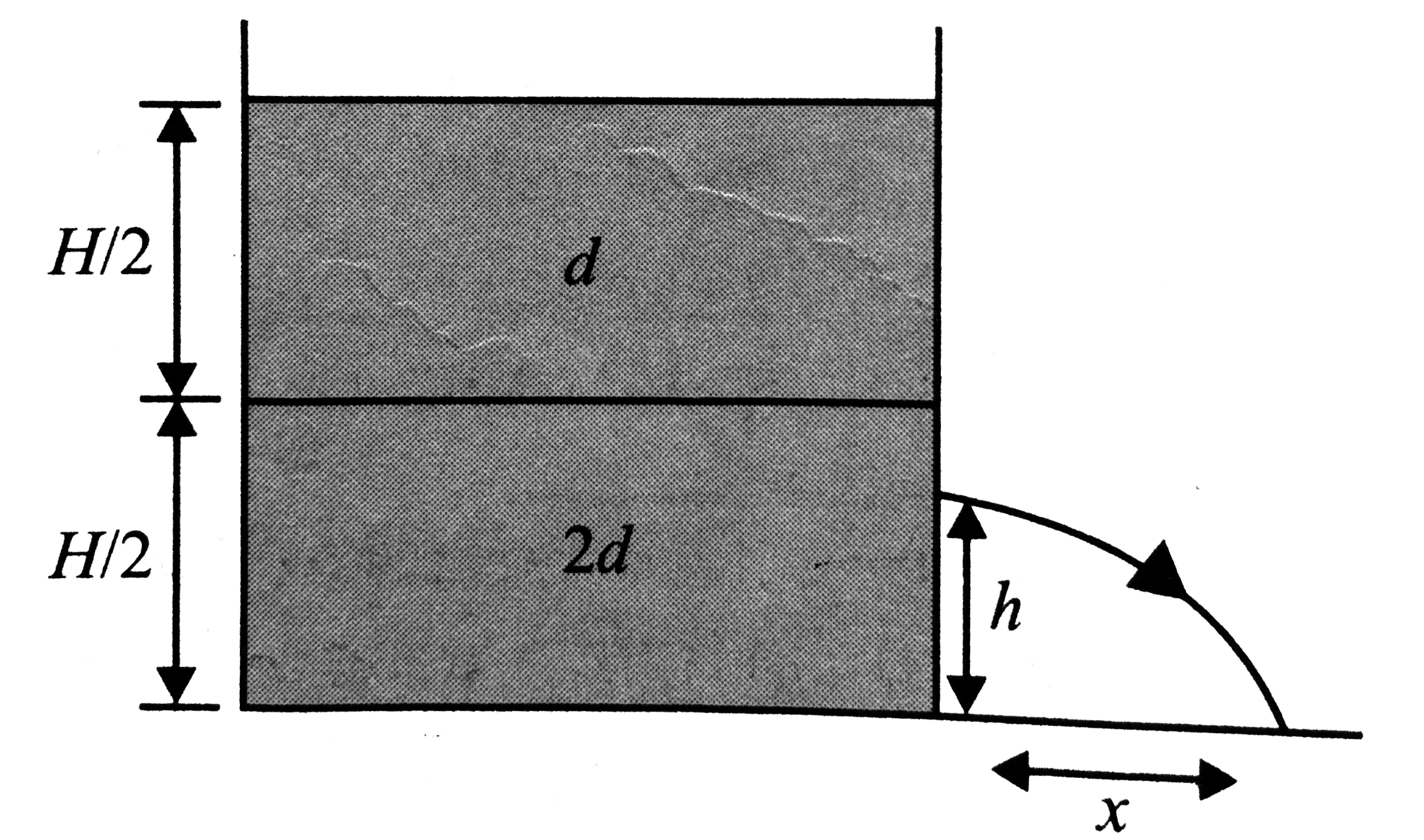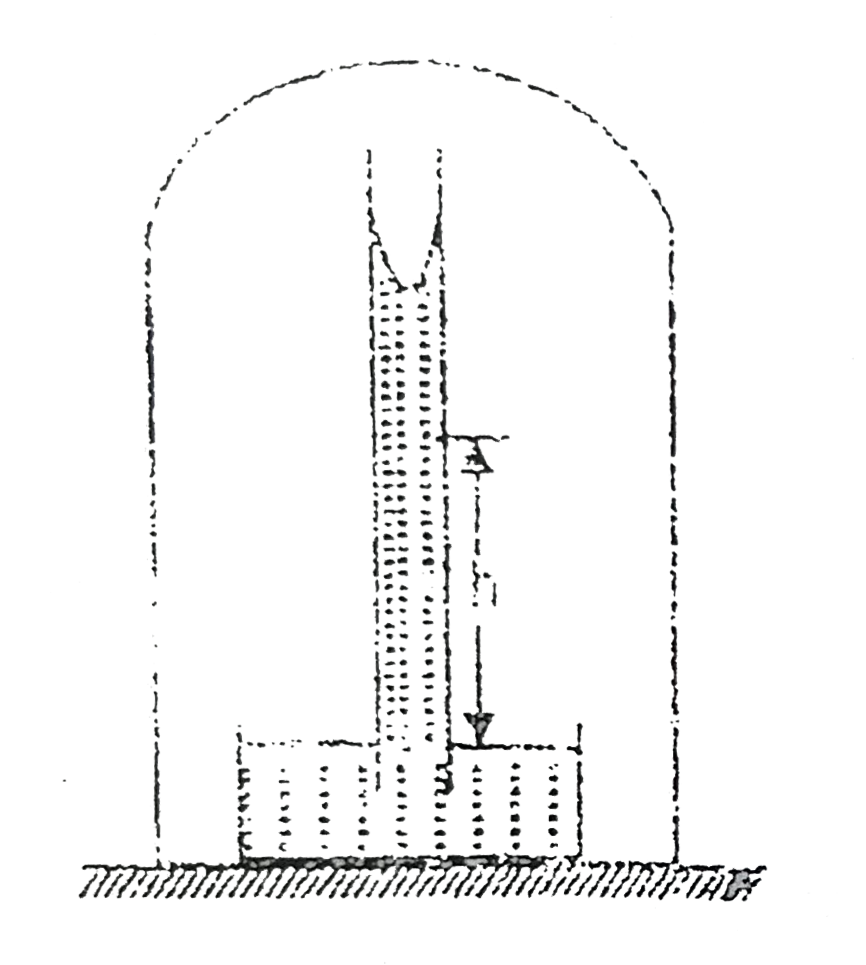More the density of a liquid, less the pressure it exerts. __________
To solve the question "More the density of a liquid, less the pressure it exerts," we need to analyze the relationship between the density of a liquid and the pressure it exerts.
1. Understanding Pressure in Fluids:
- The pressure exerted by a liquid at a certain depth is determined by the formula:
P=ρgh
where:
- P = pressure,
- ρ = density of the liquid,
- g = acceleration due to gravity (approximately 9.81m/s2),
- h = height (or depth) of the liquid column.
2. Analyzing the Formula:
- From the formula, we can see that pressure P is directly proportional to the density ρ. This means that if the density increases, the pressure also increases, assuming that the height h and g remain constant.
3. Identifying the Statement:
- The statement claims that "more the density of a liquid, less the pressure it exerts." This suggests an inverse relationship, which contradicts our understanding from the formula.
4. Conclusion:
- Since we have established that pressure increases with an increase in density, the statement is false. Therefore, the correct interpretation is that more density leads to more pressure, not less.
Final Answer:
The statement "More the density of a liquid, less the pressure it exerts" is false.
- The pressure exerted by a liquid at a certain depth is determined by the formula:
P=ρgh
where:
- P = pressure,
- ρ = density of the liquid,
- g = acceleration due to gravity (approximately 9.81m/s2),
- h = height (or depth) of the liquid column.
- From the formula, we can see that pressure P is directly proportional to the density ρ. This means that if the density increases, the pressure also increases, assuming that the height h and g remain constant.
- The statement claims that "more the density of a liquid, less the pressure it exerts." This suggests an inverse relationship, which contradicts our understanding from the formula.
- Since we have established that pressure increases with an increase in density, the statement is false. Therefore, the correct interpretation is that more density leads to more pressure, not less.
The statement "More the density of a liquid, less the pressure it exerts" is false.
Topper's Solved these Questions
- FORCE AND PRESSURE BOOK - ICSECHAPTER - FORCE AND PRESSURE EXERCISE - EXERCISE 3.2 (TICK THE MOST APPROPRIATE ANSWER)
2 Videos
- FORCE AND PRESSURE BOOK - ICSECHAPTER - FORCE AND PRESSURE EXERCISE - EXERCISE 3.2 (STUDY QUESTIONS)
6 Videos
- FORCE AND PRESSURE BOOK - ICSECHAPTER - FORCE AND PRESSURE EXERCISE - EXERCISE 3.2 (STATEMENTS)
4 Videos
- ENERGYBOOK - ICSECHAPTER - ENERGYEXERCISE - THEME ASSIGNMENT
4 Videos
- HEAT TRANSFER BOOK - ICSECHAPTER - HEAT TRANSFER EXERCISE - Picture Study
2 Videos
Similar Questions
A container (see figure) contains a liquid upto a height h. The density of the liquid is The gauge pressure at point P is ρghx. Find the value of x

View SolutionMore is the density of a liquid than a solid, more the volume of solid will submerge in it.
View SolutionDifferent liquids exert the same pressure at a given depth.
View SolutionLiquid pressure and atmospheric pressure
View SolutionAssertion : Deep inside a liquid density is more than the density on surface.
Reason : Density of liquid increases with increase in depth.
View SolutionFluids at rest exert a normal force to the walls of the container or to the sruface of the Body immersed in the fluid. The pressure exerted by this force at a point inside the liqid is the sum of atmospheric pressure and a factor which depends on the density of the liquid, the acceleration due to gravity and the height of the liquid, above that point. The upthrust acting on a body immersed in a stationary liquid is the net force acting on the body in the upward direction. A number of phenomenon of liquids in motion can be explain by Bernoulli's theorem which relates the pressure, flow speed and height for flow of an ideal incompressible fluid.
A container of large uniform corss sectional area. A resting on a horizontal surface holds two immiscible, non viscous and incompressile liquids of densities d and 2d, each of height H/2 as shown in the figure. The lower density liquid is open to the atmosphere having pressure P0.
Situation I:
A homogeneous solid cylinder of length L(L<H/2). cross sectional area A/5 is immersed such that it floats with its axis vertical at liquid -liquid interface with lenght L/4 in the denser liquid.
The density of the solid is
View SolutionFluids at rest exert a normal force to the walls of the container or to the sruface of the body immersed in the fluid. The pressure exerted by this force at a point inside the liqid is the sum of atmospheric pressure and a factor which depends on the density of the liquid, the acceleration due to gravity and the height of the liquid, above that point. The upthrust acting on a body immersed in a stationary liquid is the net force acting on the body in the upward direction. A number of phenomenon of liquids in motion can be explain by Bernoulli's theorem which relates the pressure, flow speed and height for flow of an ideal incompressible fluid.
A container of large uniform corss sectional area. A resting on a horizontal surface holds two immiscible, non viscous and incompressile liquids of densities d and 2d, each of height H/2 as shown in the figure. The lower density liquid is open to the atmosphere having pressure P0.
Situation I:
A homogeneous solid cylinder of length L(L<H/2). cross sectional area A/5 is immersed such that it floats with its axis vertical at liquid -liquid interface with lenght L/4 in the denser liquid.
The total pressure at the bottom of the container is
View SolutionA capillary tube is lowered into a vessel with a liquid whose vapour pressure may be neglected. The density of the liquid is ρ. The vessel and the tubes are in a vacuum under the bell of air pump (fig). Find the pressure inside the liquid in the capilary tube at a height h above the level of the liquid in the vessel

View SolutionDescribe how to determine the density of a liquid.
View SolutionAt a given depth a liquid exerts more pressure in downward direction, then in the upward direction.__________
View Solution
